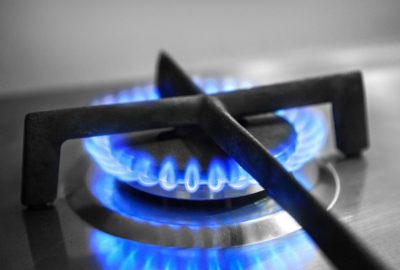
By and
As a new year dawns and winter takes hold, it’s worth considering the cost of energy. After a meeting in Italy last spring, the G7 countries (including Canada) pledged to renewable energy sources (e.g. wind, solar) globally to ensure an “” energy future. But while direct costs for wind and , they remain expensive due in part to the backup energy sources required when renewables are not available.
In short, an “affordable” energy future is incompatible with increased reliance on renewables. Here’s why.
Wind and solar energy are intermittent, meaning they aren’t consistently available, so we need an alternative power source when there’s no sunlight or wind given the current limited ability to store energy from solar and wind. So we must maintain enough energy capacity in a parallel system, typically powered by natural gas. Constructing and upkeeping a secondary energy source results in higher overall energy costs because two energy systems cost more than one. Therefore, when evaluating the costs of renewables, we must consider the costs of backup energy.
Often, when proponents claim that wind and solar sources are cheaper than fossil fuels, they ignore these costs. A recent published in Energy, a peer-reviewed energy and engineering journal, found that—after accounting for backup, energy storage and associated indirect costs—solar power costs skyrocket from US$36 per megawatt hour (MWh) to as high as US$1,548 and wind generation costs increase from US$40 to up to US$504 per MWh.
Which is why when governments phase out fossil fuels to expand the role of renewable sources in the electricity grid, electricity become more expensive. In fact, a by University of Chicago economists showed that between 1990 and 2015, U.S. states that mandated minimum renewable power sources experienced significant electricity price increases after accounting for backup infrastructure and other costs. Specifically, in those states electricity prices increased by an average of 11 per cent, costing consumers an additional $30 billion annually. The study also found that electricity prices grew more expensive over time, and by the twelfth year, electricity prices were 17 per cent higher (on average).
Europe is another case in point. Between 2006 and 2019, solar and wind sources went from representing around 5 per cent of Germany’s electricity to almost 30 per cent in 2019. During that same period, German households experienced an in electricity prices from 19.46 cents to 30.46 cents per kilowatt hour—a rise of more than 56 per cent. This surge in prices occurred before the war in Ukraine, which led to an unprecedented price spike in .
For Canada, the outlook is also dire. In a recent , TD Bank estimated that replacing existing gas generators with renewables (such as solar and wind) in Ontario could increase average electricity costs by 20 per cent by 2035 compared to 2021. In Alberta, electricity prices would increase by up to by 2035 compared to an scenario without changes. These increases are on top of the 15 to 20 per cent increase in average generation costs expected by 2035 under current government policies.
Clearly, when accounting for backup costs, renewable-powered electricity is more expensive than fossil fuels. Policymakers in Ottawa and across Canada must recognize that integrating renewables into electricity grids can lead to significant price increases for consumers, and they should be honest about that fact with Canadians in 2025 and beyond.
Share This:
More News Articles











